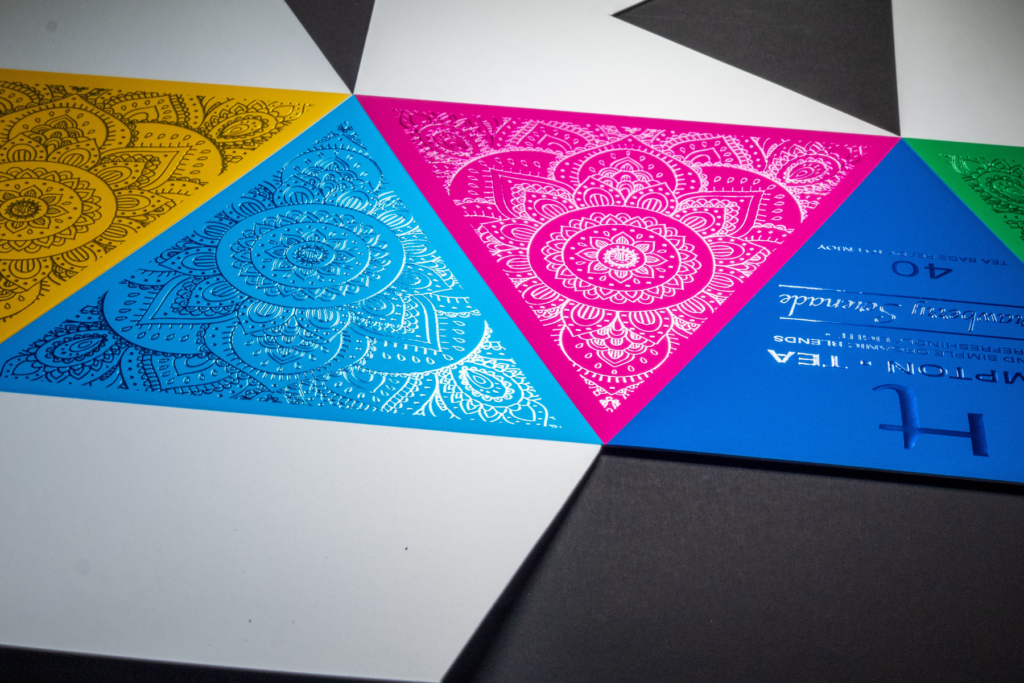1. How much space do you have?
Die cutters can range from small tabletop models to equipment that can rival a press in size and scope. Before you sit down to decide what type of die cutter will best suit your operation, take stock of the space. Determine where the die cutter will be installed and calculate how much space you’ll need to be able to comfortably move around it to complete jobs, move materials, and perform maintenance. Knowing these dimensions before beginning your research will help narrow down the models under consideration.
2. What materials do you want to die cut?
Not all die cutters are created equal, with rotary, flatbed and digital die cutters all having their own strengths and weaknesses, and the types and sizes of materials they can process. If you mostly run papers that are easy to cut, you may want a rotary die cutter instead of a digital die cutter which is designed for thicker substrates, for example. Some die cutters can even cut through thin metals, so if that is a material you print on, make sure you choose a die cutter to match.
3. What kind of support is offered?
Just like a printing press, a die cutter is an investment in your business, and you’ll want to make sure you know up front the costs for things like parts and maintenance. Is there a service plan to keep your machine always running in top condition? Is there a support structure that will respond quickly if something does go down? Make sure to ask these questions so you understand the total cost of ownership.
4. How skilled are your operators?
Do you have an experienced staff who knows how to use die cutting equipment and operating software? Or is your staff newer, without technical expertise? Different types of die cutters have different levels of skill required to operate them effectively, so keep that in mind when choosing the right one for your operation – although they are getting more user-friendly. Another thing to ask when researching is what types of education and training are offered to help your staff — no matter their skill level — get the most out of it.
5. What supporting equipment or software is needed?
Will you need options such as a stripper to remove the waste when operating a die cutter at high speeds? Will you need dedicated cutting software to generate the cut lines and manage impositions? Will you need to ensure your die cutter fit seamlessly into your current workflow or do you plan to keep it separate? Buying a piece of equipment, no matter how advanced or what capabilities it might bring to your shop, isn’t enough if you don’t have the supporting items that extend its capabilities. Making those decisions before the investment can help ensure a smoother transition and get your new die cutter up and running quickly.
6. What is your budget?
Just as die cutters come in a wide range of sizes, they also come with a wide range of price tags. The more robust and versatile the die cutter is, the higher the up-front cost will be. You also need to consider the cost of consumables, such as physical dies and their storage. Consider the total cost of ownership and compare that with the projected returns you believe you can get from investing in it. Are you opening new applications and markets with untapped potential? Are you looking to serve current customers better, capturing more of their business? Do you already have a die cutter and you’re looking to do the same jobs faster and more efficiently? Keep all these things in mind before making your selections.
Purchasing a new die cutter shouldn’t be a snap decision — you want to ensure you are getting equipment that will enhance and expand your business, not hinder it. Take the time to really consider your operation, how die cutting can help you grow, and then take the time to evaluate all the options before choosing the one that is right for you. Taking that extra time up front will ensure your investment is one that pays dividends for years to come.

DENISE GUSTAVSON
Guest Blogger
NAPCO Media




